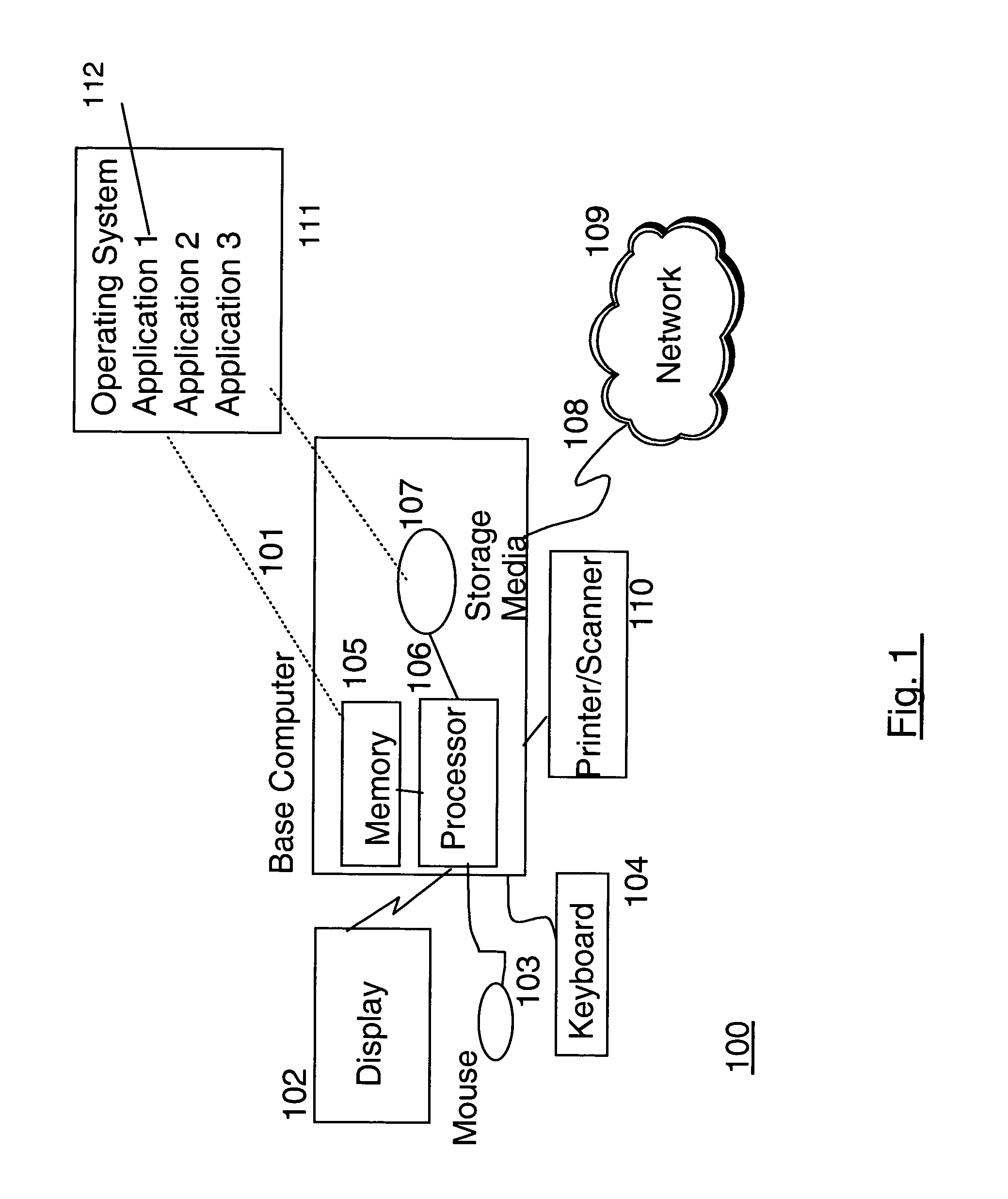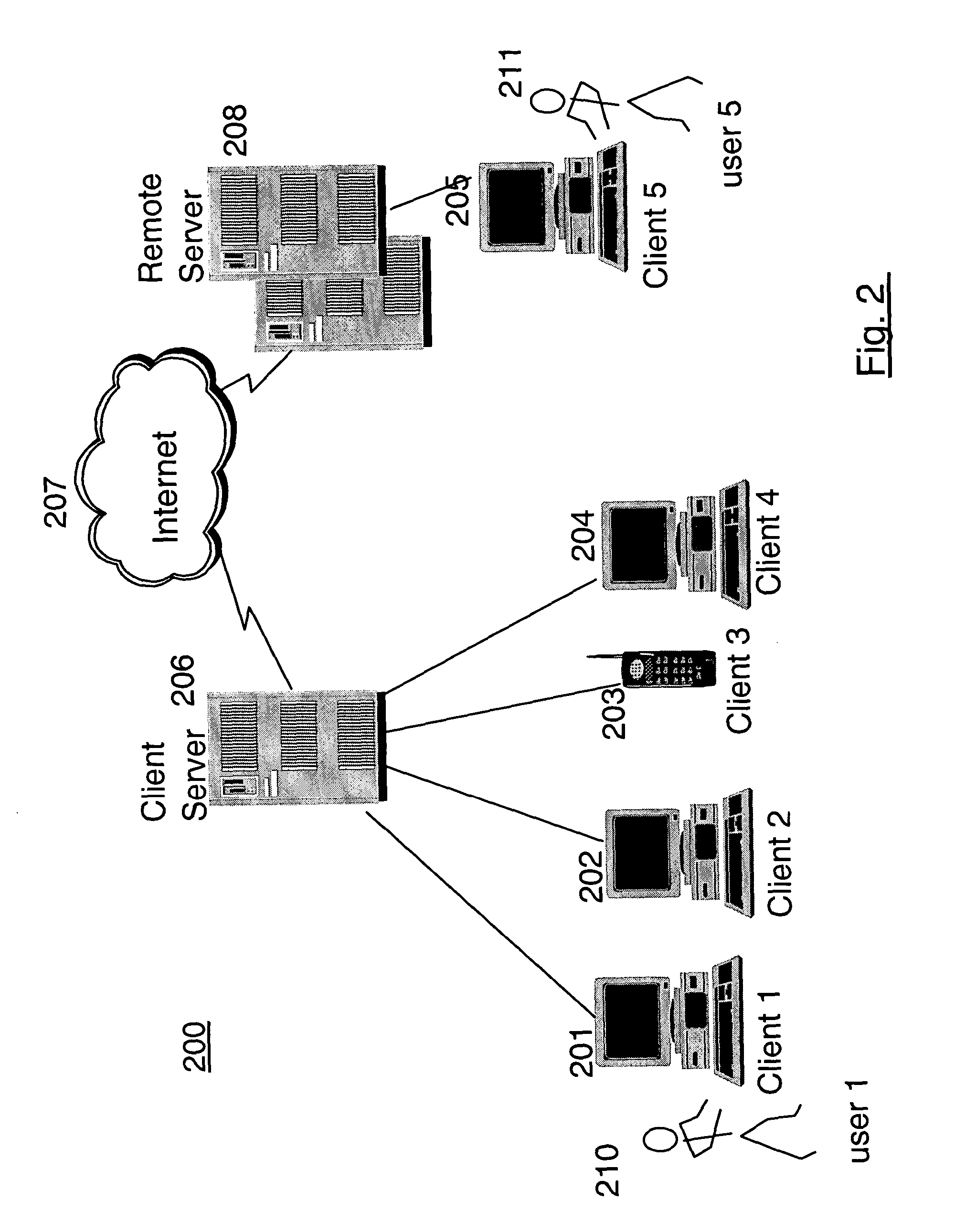Computational linguistic statements for providing an autonomic computing environment
a computing environment and computation language technology, applied in the field of relational grammar statements, can solve the problems of too many operations taking place for human administrators to supervise, too many computers, and too many people to achieve the effect of facilitating document creation, maintenance and distribution
- Summary
- Abstract
- Description
- Claims
- Application Information
AI Technical Summary
Benefits of technology
Problems solved by technology
Method used
Image
Examples
Embodiment Construction
:
The present invention uses Relational Grammars and their derivatives to construct a “language” of autonomic computing and build solution “sentences” to adapt the environment in real time. With a language-based approach, there is more structure in the pattern recognition and a more understandable set of rules emerges than in the traditional rules based solution. It is well suited to assist in the construction and evaluation of models, e.g., to understand the relationships among components of a system.
A Doctoral Thesis “The Architecture of Information” by L. Weitzman, available from Massachusetts Institute of Technology discusses a computational linguistics approach to automate and support the design of the layout of a 2-dimensional page and time-base layout of 2-dimensional content. This invention extends that notion to structuring programs and data as exemplified in an autonomic computing environment.
Work on syntactic models of natural language processing have drawn upon resea...
PUM
 Login to View More
Login to View More Abstract
Description
Claims
Application Information
 Login to View More
Login to View More - R&D
- Intellectual Property
- Life Sciences
- Materials
- Tech Scout
- Unparalleled Data Quality
- Higher Quality Content
- 60% Fewer Hallucinations
Browse by: Latest US Patents, China's latest patents, Technical Efficacy Thesaurus, Application Domain, Technology Topic, Popular Technical Reports.
© 2025 PatSnap. All rights reserved.Legal|Privacy policy|Modern Slavery Act Transparency Statement|Sitemap|About US| Contact US: help@patsnap.com



